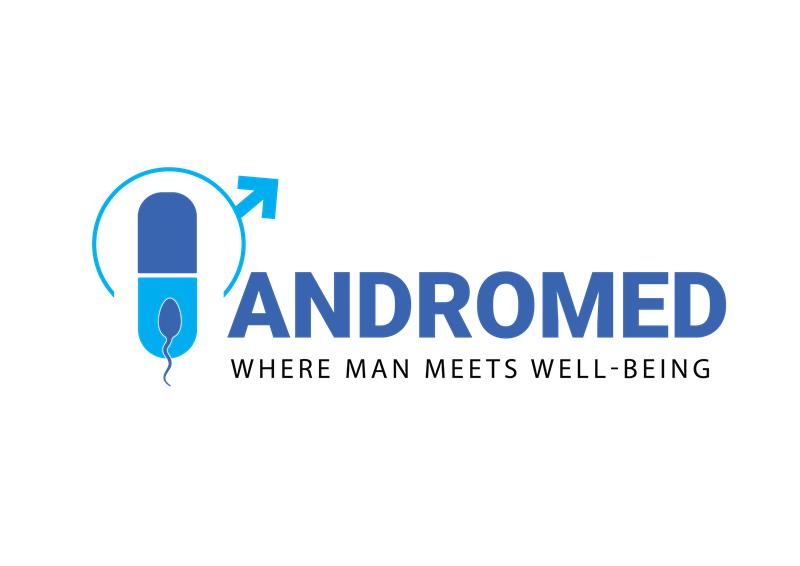Symptoms of Ejaculatory duct obstruction
Low levels of semen produced during ejaculation, pain or discomfort during
ejaculation, and infertility are all signs of ejaculatory duct obstruction.
Causes
Ejaculatory duct obstruction can be caused by a variety of factors, including
- Congenital abnormalities: Some men are born with abnormalities in their
reproductive system, which can lead to a blockage in the ejaculatory ducts.
- Cysts: Presence of prostatic cyst or paramedian cysts can result in
ejaculatory duct obstruction.
- Infections: Certain infections, such as prostatitis or sexually
transmitted infections or tuberculosis can cause scarring or inflammation that
can lead to a blockage in the ejaculatory ducts.
- Trauma: Trauma to the reproductive system can cause damage to the
ejaculatory ducts, leading to a blockage.
Diagnosis & Treatment
A physical examination, semen analysis, and imaging tests like ultrasound or magnetic
resonance imaging are commonly used in the diagnosis process (MRI). Cystoscopy may
be required in some circumstances to confirm the diagnosis.
The underlying reason and degree of the obstruction will determine the best course of
treatment for ejaculatory duct occlusion. In some circumstances, an underlying
infection may be treated with antibiotics. In order to get pregnant in some
circumstances, assisted reproductive technologies like in vitro fertilization
(IVF/ICSI) may be required.
Procedure
A cystoscope, a tiny telescope-like device, is often inserted into the urethra and
into the ejaculatory ducts during the surgery, which is typically carried out while
the patient is under general anesthesia. A tiny wire loop is utilized to clear the
obstruction after the cystoscope is in position, allowing the sperm to easily flow
during ejaculation.
Recovery
The TURED treatment is a rather short one, and an endoscopic operation, usually
taking under an hour. There is no cut or stitch. The recovery period is similarly
brief; most patients can return to their regular activities in a day or two. TURED
normally has few adverse effects, the most frequent of which are minor discomfort,
transient urination difficulties, and a slight risk of infection.
Benefits
For men with ejaculatory duct obstruction, TURED is a successful therapy option and a
minimally invasive alternative to conventional surgical procedures. Since it is
frequently done as an outpatient procedure, patients can go home the same day.
A trained urologist or reproductive specialist should be consulted if you or your
partner are experiencing infertility because of ejaculatory duct obstruction in
order to assess whether TURED is the best course of action for you. While it might
not be appropriate for all men, it is an effective choice for individuals who want
to establish a family but are having trouble getting pregnant because of a blockage
in the reproductive tract.


